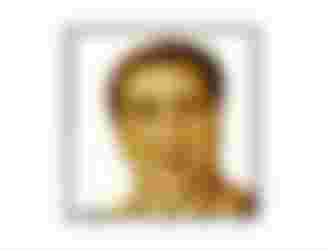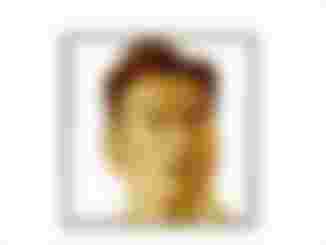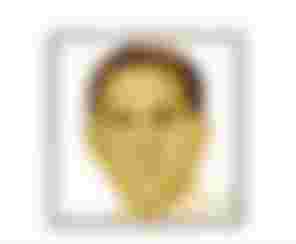Management by Manuel Roxas (1946–1948)
There was an election in 1946, which replaced Manuel Roxas as the first president of the independent Philippines. The United States restored the sovereignty of the Philippines on 4 July 1946.
[4] But the Philippine economy has remained dependent on the US economy, according to Paul McNutt, a high commissioner of the United States. [23] The Philippine Trade Act, enacted as a condition for receiving money to be used in the rehabilitation of the Philippines from the United States, [24] further intensified relations between the two countries in its provision to bind the two countries' economy.
A military treaty was signed in 1947 that set for the United States a 99-year lease on selected military bases in the country (it was reduced by 25 years in 1967).
Management of Elpidio Quirino (1948–1953)

The Roxas administration forgave people who cooperated with the Japanese during World War II, except for those who committed violent crimes. Roxas died of a heart attack and tubercolosis in April 1948, and a second president, Elpidio Quirino, succeeded the president. He ran for presidency in 1949.
Quirino defeated Jose P. Laurel and earned a four-year term. World War II left the Philippines devastated and morally deprived. The country's resurgence was marred by the activities of the Hukbalahap guerrillas ("Huks") who were hostile to the new Philippine government.
The government's proposals to the Hukes have been both negotiating and superseding. Secretary of National Defense, Ramon Magsaysay started a campaign to defeat the rebels through the military and to regain government support from the people. The Huk campaign gradually diminished in the 1950s, eventually ending with the unconditional surrender of Luis Taruc, head of the Huk in May 1954.
The Roxas administration forgave people who cooperated with the Japanese during World War II, except for those who committed violent crimes. Roxas died of a heart attack and tubercolosis in April 1948, and a second president, Elpidio Quirino, succeeded the president. He ran for presidency in 1949.
Quirino defeated Jose P. Laurel and earned a four-year term. World War II left the Philippines devastated and morally deprived. The country's resurgence was marred by the activities of the Hukbalahap guerrillas ("Huks") who were hostile to the new Philippine government.
The government's proposals to the Hukes have been both negotiating and superseding. Secretary of National Defense, Ramon Magsaysay started a campaign to defeat the rebels through the military and to regain government support from the people. The Huk campaign gradually diminished in the 1950s, eventually ending with the unconditional surrender of Luis Taruc, head of the Huk in May 1954.
Management of Ramon Magsaysay (1953–1957)

Supported by the United States, Magsaysay was elected to the presidency in 1953 because of his popularity among the people. He promised economic reform, and he promoted land reform by advocating for the displacement of poor people in the Catholic north to traditional Muslim areas.
Although it helped reduce the population in the North, religious tensions increased. [25] But he was still popular with the people, and his death on the plane crash in March 1957 brought grief to many Filipinos.
Management of Carlos Garcia (1957–1961)
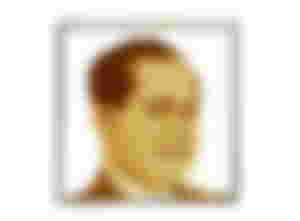
Carlos Garcia P. Garcia took over as president after the death of Magsaysay, and was also elected to a four-year term in November of the same year. He adopted the "First Filipino" policy, which gives Filipinos the opportunity to grow the country's economy. [26] Garcia contacted the United States for repatriation of American military bases in the Philippines. But his administration lost popularity due to corruption issues in the following years. [27]
Governance of Diosdado Macapagal (1961–1965)
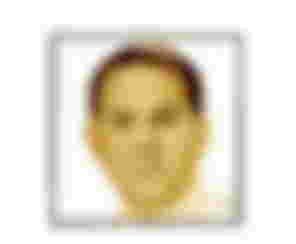
Diosdado Macapagal was elected to the presidency in the election of 1961. Macapagal's foreign proposal sought closer relations with neighboring countries, notably Malaya (now Malaysia) and Indonesia.
[25] His negotiations with the United States over the rights to military bases caused negative feelings for Americans. [25] He changed Independence Day from July 4 to June 12, to commemorate the day Emilio Aguinaldo declared independence from Spain in 1898.
During the reign of President Diosdado Macapagal the price of goods continued to increase, but he managed to maintain the low cost of rice and corn. However smuggling of goods paid for in customs is as widespread as ever.
Macapagal himself is a man of honesty, but he is considered by those who are weak and incapable of his duty, or that he condones the corruption and mischief of those who are close to him or in his office. . It was only with the constant economic and governmental problems that plagued his administration.
